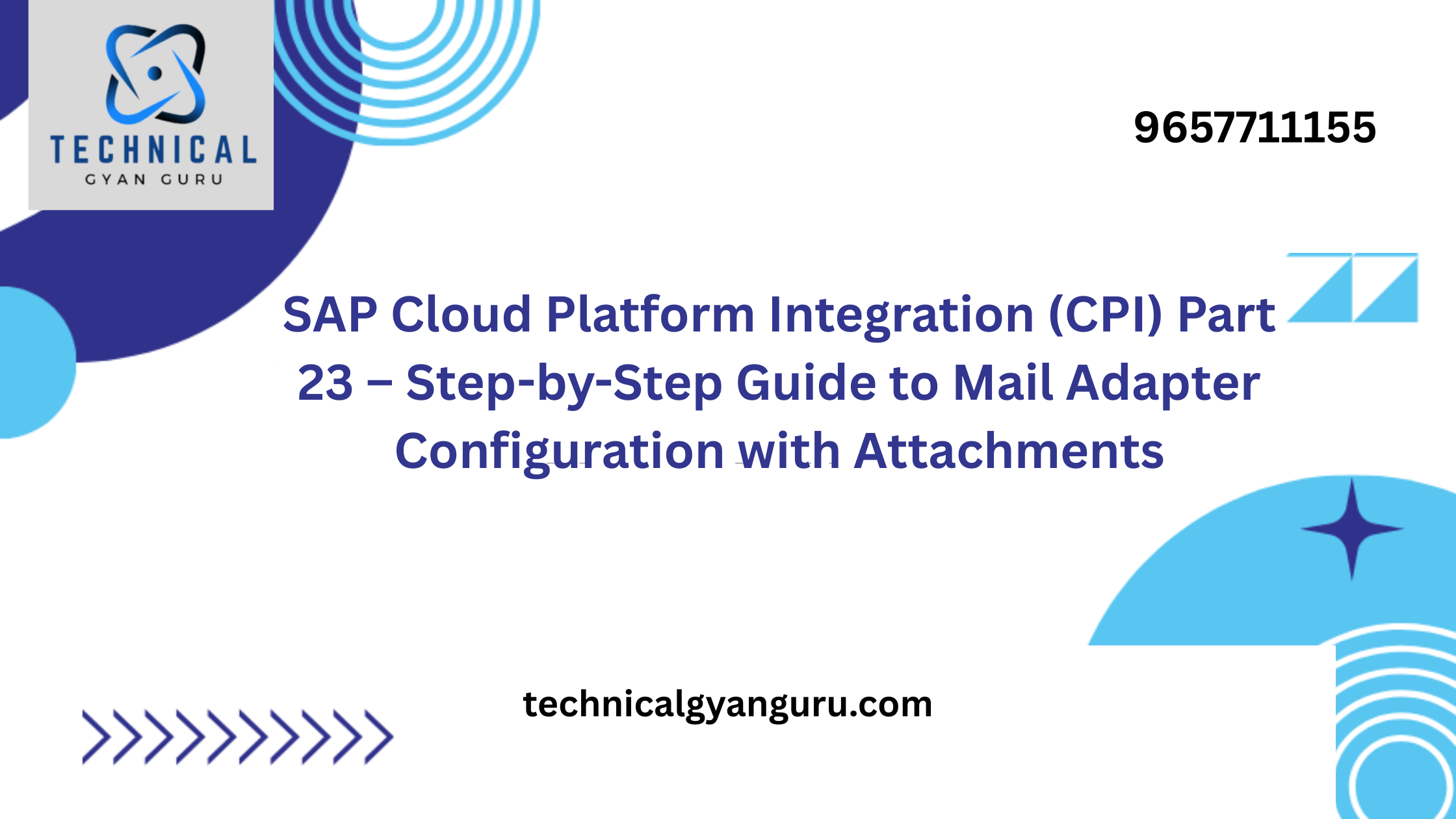
Introduction:
Migrating existing ABAP (Advanced Business Application Programming) code is a critical undertaking for organizations using SAP systems. Whether you’re transitioning to a newer SAP release, moving to the cloud, or adopting new technologies, migrating your ABAP code is essential to maintain the functionality and efficiency of your business applications. This comprehensive guide will walk you through the steps and considerations for successfully migrating your ABAP codebase.
1. Assessment and Planning:
- Identify Your Codebase: Start by taking stock of your existing ABAP codebase. Understand which programs, objects, and dependencies need to be migrated.
- Define Scope and Objectives: Clearly define the scope of your migration project. Determine your target environment, such as SAP S/4HANA, SAP Cloud Platform, or other systems. Set clear objectives for the migration.
2. Review Compatibility:
- Compatibility Check: Assess the compatibility of your ABAP code with the target platform or SAP release. Identify any deprecated features or functions that may need to be replaced or updated.
3. Code Refactoring:
- Update and Modernize: Refactor your ABAP code to adhere to the latest coding standards and best practices. Replace obsolete or non-supported constructs with modern alternatives.
4. Data Migration:
- Data Transition: Plan for data migration if your code relies on specific data structures or databases that need to be transitioned to the new environment. Ensure data integrity during the migration process.
5. Testing:
- Rigorous Testing: Thoroughly test the migrated code. Perform unit testing, integration testing, and performance testing to ensure that your applications function correctly in the new environment.
6. Documentation:
- Documentation Updates: Document all changes made during the migration process. Create updated documentation for developers, administrators, and end-users as needed.
7. Training:
- Team Training: Provide training to your development and support teams to ensure they are familiar with the changes introduced during the migration. Training is essential for a smooth transition.
8. Deployment:
- Deployment Strategy: Plan a deployment strategy that aligns with your organization’s needs. Consider whether a phased rollout or a full cutover is more suitable.
9. Monitoring and Optimization:
- Continuous Monitoring: After migration, continuously monitor the performance and stability of your ABAP applications in the new environment. Optimize code and configurations as needed.
10. Backup and Rollback Plan:
less
Copy code
– **Contingency Planning:** Always have a backup plan in case of unexpected issues. Ensure you have backups of the original code and data and a well-defined rollback strategy.
11. Security and Compliance:
sql
Copy code
– **Security Measures:** Review and update security measures to ensure your ABAP applications remain secure and compliant with relevant regulations in the new environment.
12. User Acceptance Testing (UAT):
sql
Copy code
– **End-User Validation:** Conduct UAT with end-users to ensure that the migrated ABAP applications meet their requirements and expectations. Address any user feedback and issues promptly.
Conclusion:
Migrating existing ABAP code is a complex but essential process to keep your SAP systems up-to-date and aligned with your business needs. By following the steps outlined in this comprehensive guide and carefully planning, testing, and collaborating with your team, you can ensure a successful ABAP code migration. Keep in mind that each migration may have unique challenges, so adapt these guidelines to your specific project requirements for the best results.







